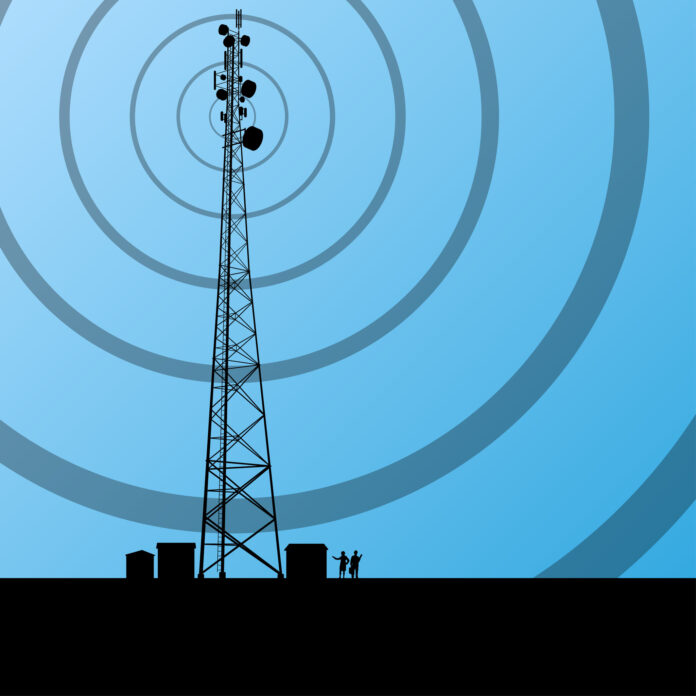American Tower Corporation ended Q3 2023 with a portfolio of approximately 225,000 communications sites
American Tower Corporation (ATC) reported overall revenues of $2.82 billion for the third quarter of 2023, climbing 5.5% year-on-year, the company said in its earnings statement.
American Tower’s profits for the period amounted to $577 million, down 29.6% compared to the third quarter of 2022.
For full 2023, the company said it expected its property revenues to reach $10.89-10.98 billion. American Tower Corporation also expects its net profits for the year to be in the range of $1.69-1.75 billion.
ATC ended the third quarter of 2023 with a portfolio of approximately 225,000 communications sites.
During Q3, the company said that its total capital expenditures were approximately $408 million, of which $60 million was for non-discretionary capital improvements and corporate capital expenditures.
“Just as we saw with the 3G and 4G rollouts, we expect the 5G investment cycle to play out in three phases that represent discrete business cases for the carriers and these three phases will drive two peak periods of spend that are bridged by a temporary phase of more moderate activity,” the company’s President and CEO Tom Bartlett said during a conference call with investors.
“The first phase is coverage-driven and aimed at upgrading existing infrastructure with new spectrum bands and radio technology, its competition to provide broad nationwide coverage with the new G ramps up. At the same time, carriers are looking to realize the efficiency benefits of their investments in new software, hardware and upgraded user devices. Initial equipment upgrades and new spectrum deployment quickly deliver reduced cost per gigabyte resulting in the ability to maintain margin profiles,” the executive said.
“As the cadence of initial coverage investments begin to moderate from record spend of over $40 billion in 2022, the first peak of the 5G cycle, we retain a high degree of conviction that there’s a long tail of network investment to come,” he added.
Bartlett said the company expected the second phase of 5G investment to be characterized by carriers beginning to harvest the network efficiency benefits of their initial investments, while moderating spend from the record levels of 2022 to roughly $35 billion in 2023.
“In this next phase, we will begin to see a seeping in of 5G technology across the wireless and enterprise landscape. For example, 5G smartphone penetration has now surpassed the 50% mark in North America, which will ultimately allow for the majority of network traffic to shift over to 5G networks which we would expect to occur in the 2025 time frame,” he said. “We’re also looking forward to the emergence of more ubiquitous accessibility of standalone 5G core networks, which will unlock improved 5G network quality, higher speeds and lower latency and provide a platform for the development of innovative services and consumer applications. Finally, we anticipate that the arrival of end-to-end 5G capabilities will facilitate additional monetization opportunities at the enterprise level through use cases like private networks, network slicing and other IoT services that are beginning to emerge today.”
The executive explained that these dynamics will culminate in a third capacity focused phase aimed at significant densification of 5G networks. “We continue to believe that 5G will advance and enable the next generation of mass market consumer use cases, particularly once 3GPP released 17 and 18 are in the market, coupled with 5G cores that provide the true benefits of the end-to-end technology upgrade at scale,” Bartlett added.

